Tasmania may be part of Australia, but life here is very different indeed. In this new documentary, David Attenborough reveals that the animal inhabitants of this vast wilderness are every bit as extraordinary as they are bizarre.
When is Tasmania: Weird and Wonderful on being aired on TV?
Tasmania: Weird and Wonderful will be aired on Sunday 31st March, at 9pm on BBC Two.
What is Tasmania: Weird and Wonderful about?
A vast island lying off the Southern tip of Australia, Tasmania’s isolation and unique climate has created a world that’s as weird as it is wonderful, with greater seasonal change than anywhere else in Australia.
David Attenborough takes us takes us through the wild seasons of Tasmania, following the extraordinary wildlife that inhabit the island.
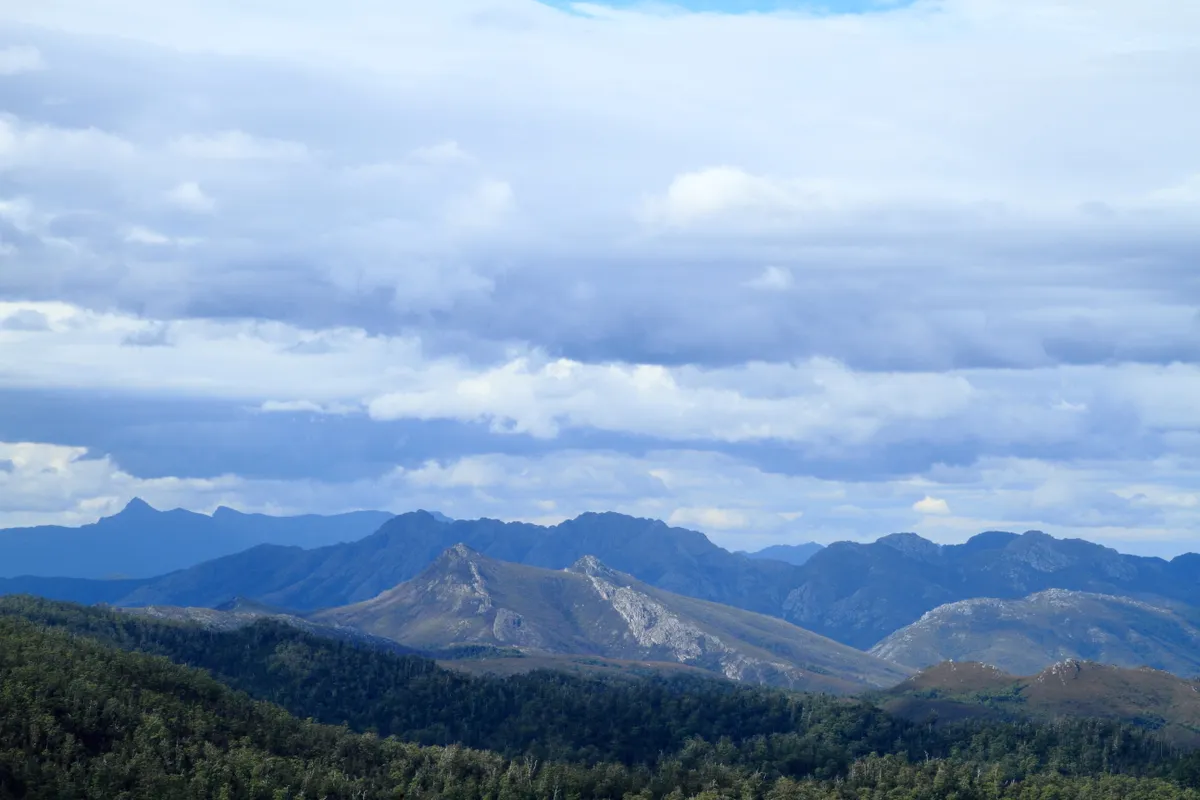
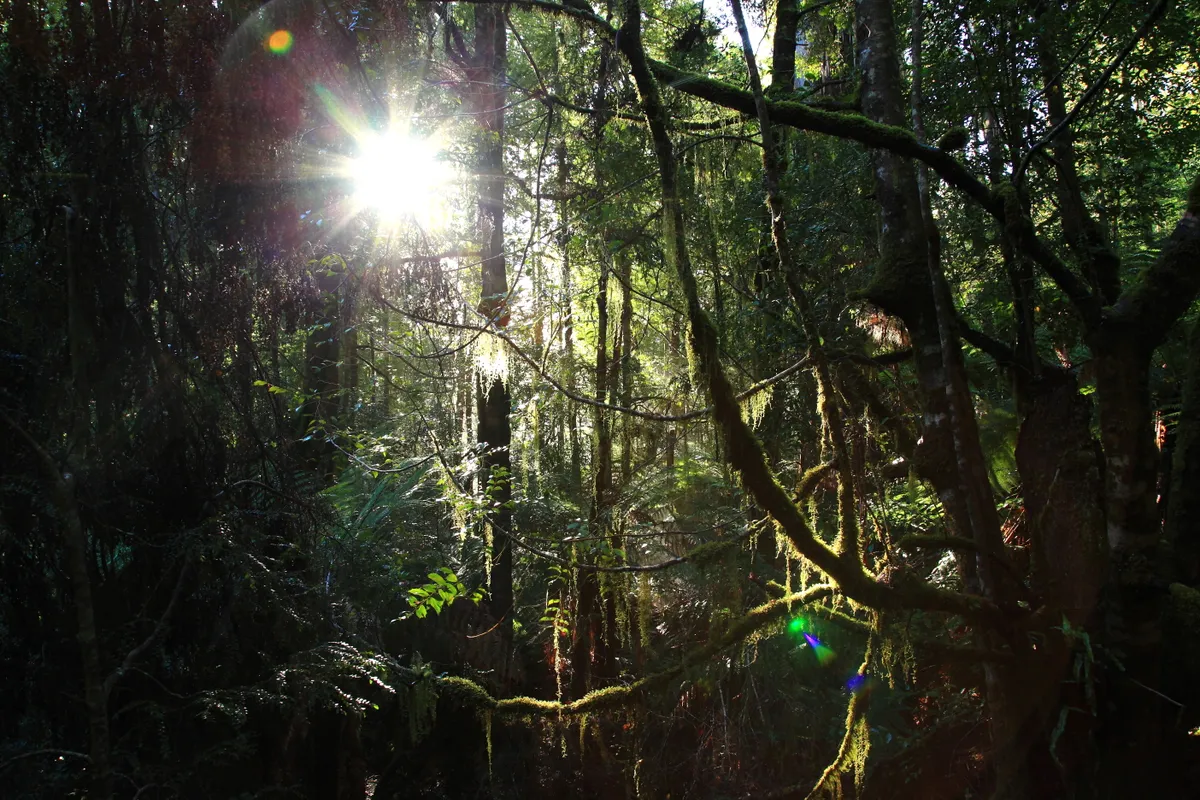
How is Sir David Attenborough involved?
Inspiring filmmaker and presenter Sir David Attenborough will be narrating Tasmania: Weird and Wonderful. Attenborough has written, produced, hosted and narrated countless award-winning, nature-focused programs including Life on Earth, Blue Planet and Dynasties, and has devoted his life to celebrating and preserving wildlife.
There is also an interview at the end of the episode with cameraman and ecologist, Simon Plowright, on changing negative perceptions of Tasmanian devils.
Which species will feature in Tasmania: Weird and Wonderful?
The episode explores all sorts of weird but wonderful wildlife. A few examples of featured species are:
1
Platypus
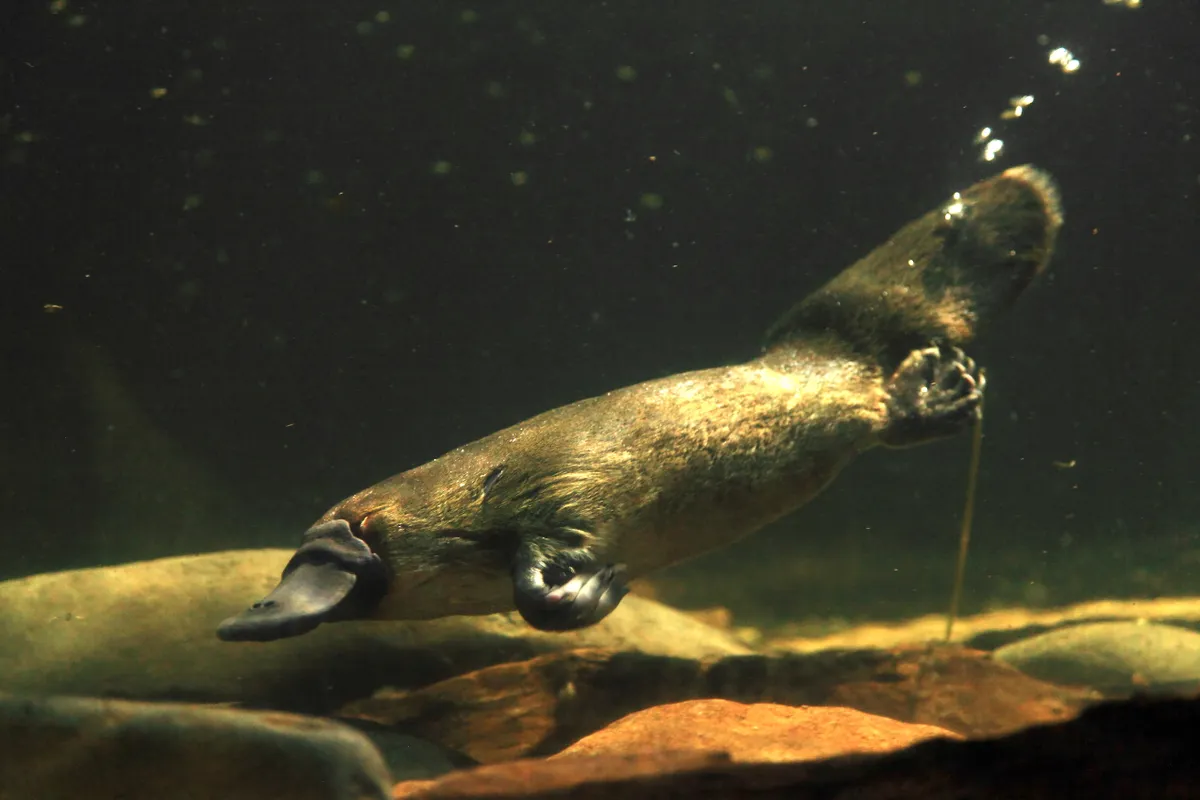
Tasmanian rivers are home to the platypus, which uses its duck-like bill to find food. In Tasmania they are much bigger and bolder than on mainland Australia.
2
Tasmanian bare-nosed wombat
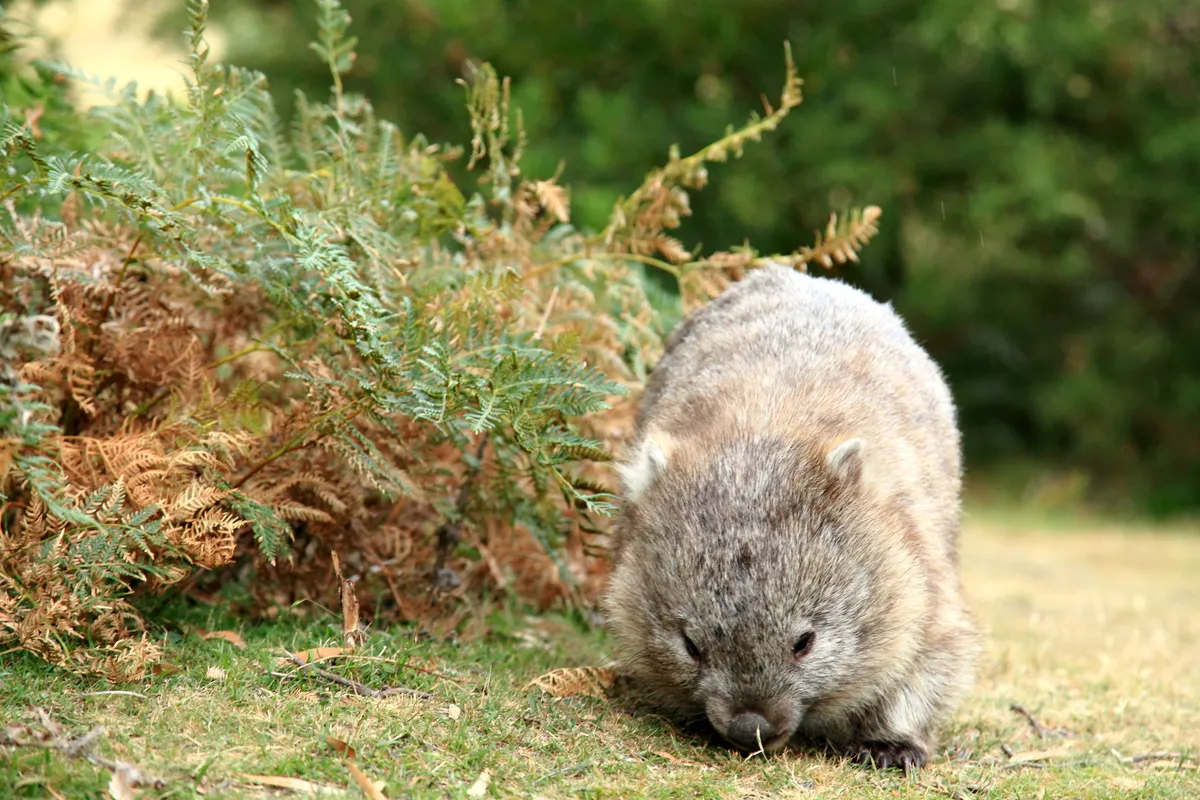
The Tasmanian bare-nosed wombat is a subspecies of the common wombat, only found in Tasmania.
3
Tasmanian devil
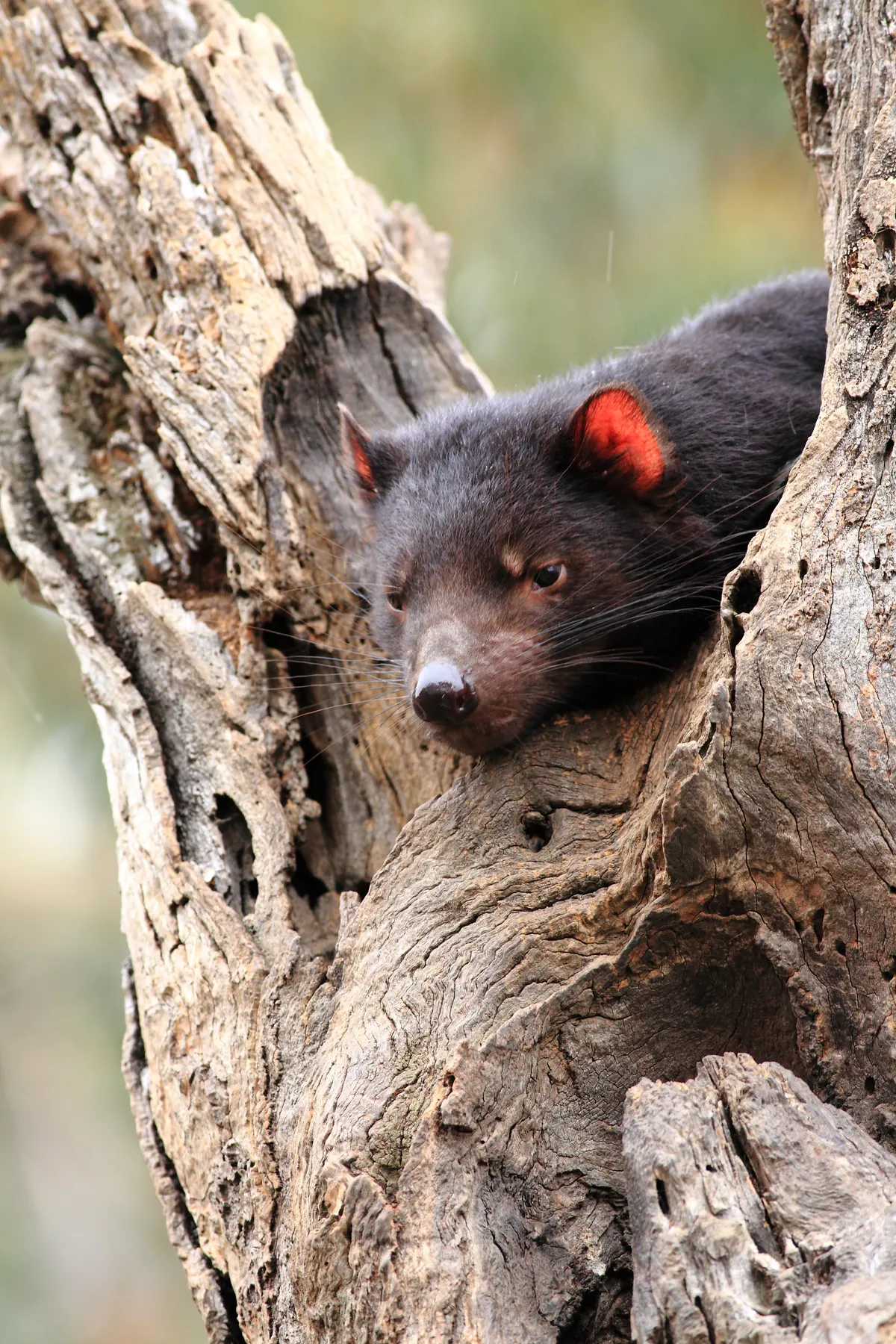
The Tasmanian devil is the islands top carnivore. They can smell a carcass from one kilometre away and, relative to body size, have the most powerful bite in the natural world.
4
Glow worms
The western forests of Tasmania are some of the wettest places in all Australia. All this moisture has created the perfect habitat for glow-worms, with thousands of them transforming the caves into a magical spectacle.
5
Bennett’s white wallaby
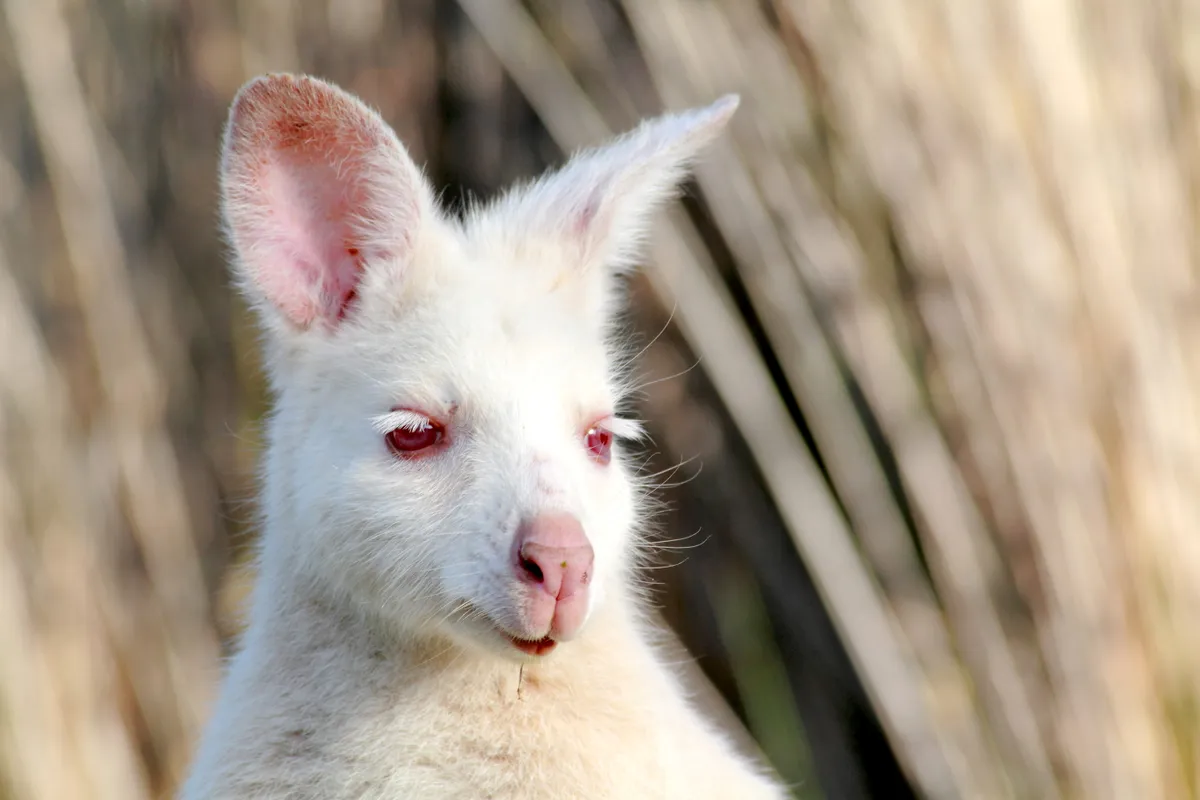
A genetic defect in the Bennett's wallaby has thrown off the balance of melanin in these little marsupials causing them to become albino. Anywhere else in the world, they would be snatched up by predators, but due Tasmania’s isolation, they thrive.
6
Little penguin
Little penguins are the smallest penguins in the world, standing at just 30cm tall. They come ashore to breed in the Spring, but because predators patrol the coastline by day, little penguins can only leave the water to feed their chicks at night: their nests hidden safely amongst rocks at the back of the beach.
7
Jack jumper ants
In the dry east of Tasmania, jack jumper ants build huge nests – these venomous ants are amongst the most dangerous on earth. Jack jumpers are a very primitive ant species that sting prey to death with a venom that can even kill humans.